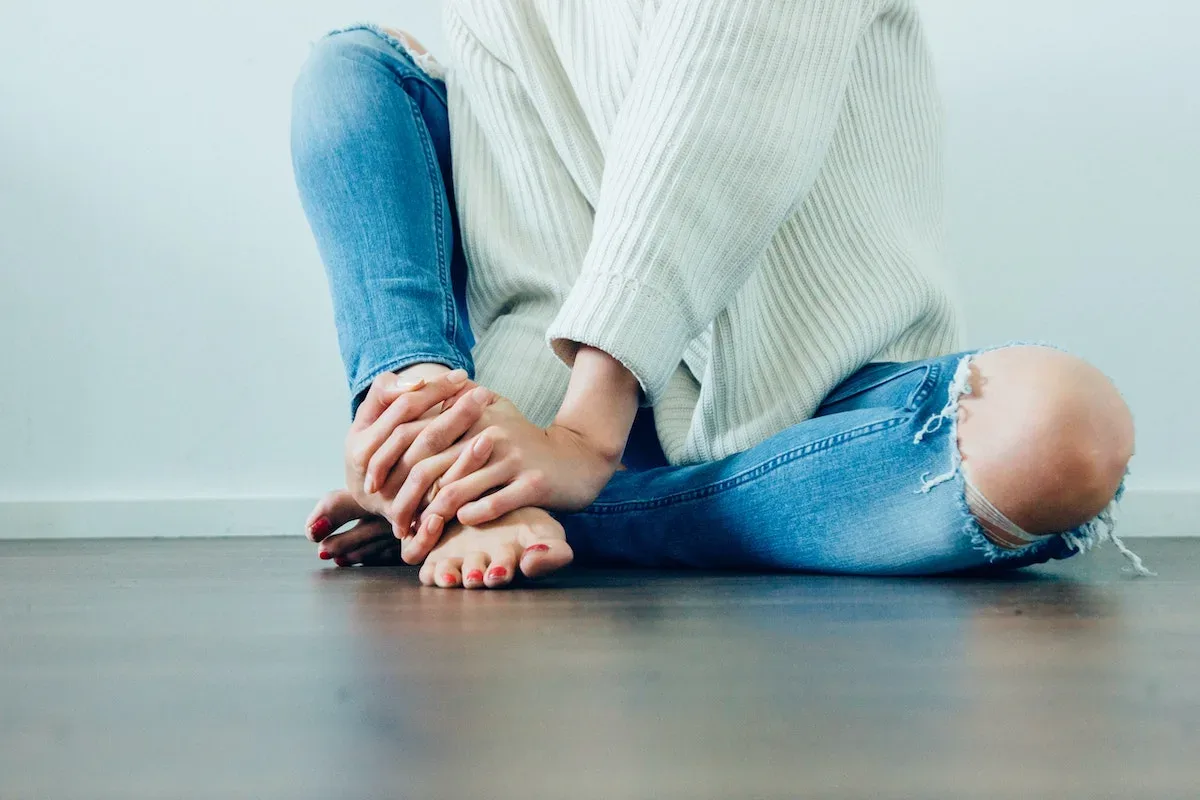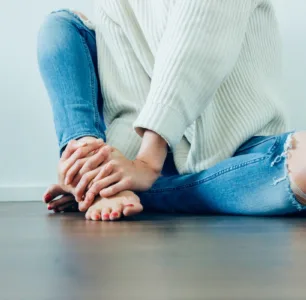Physical growing pains are a common occurrence during childhood and adolescence. Children and adolescents may experience discomfort in their legs, arms, and other areas of their bodies. While these pains are usually harmless and temporary, they can be a cause of concern for both children and parents. In this article, we’ll explore the causes, symptoms, and treatments of physical growing pains.
What are physical growing pains?
Physical growing pains are a type of discomfort that occurs during the growing process. These pains usually occur in the legs, particularly in the area behind the knees, but can also occur in other parts of the body such as the arms, back, and neck. Physical growing pains are typically intermittent, and their intensity can vary from mild to severe.
What causes physical growing pains?
The exact cause of physical growing pains is still unknown, but it is believed to be related to the growth process. During growth spurts, bones and muscles can grow at different rates, causing stress on the body. The stress can result in pain and discomfort, which is commonly known as physical growing pains.
Symptoms of physical growing pains
The symptoms of physical growing pains can vary from child to child. The most common symptom is aches and pains in the legs, particularly behind the knees. The pain can be sharp or dull, and it may occur at night, making it difficult for children to fall asleep. Other symptoms may include:
- Pain that occurs in both legs
- Pain that occurs after physical activity
- Pain that occurs during or after periods of rapid growth
- Pain that is relieved by massaging the affected area
- Pain that is not associated with swelling, redness, or other signs of inflammation
How to treat physical growing pains
Physical growing pains can be treated at home. The following are some of the most effective treatments:
- Stretching: gentle stretching exercises can help alleviate the pain and discomfort associated with physical growing pains.
- Massaging: massaging the affected area can help improve blood flow and relieve pain.
- Heat or cold: using a warm or cold compress on the affected area can help reduce pain and inflammation.
- Over-the-counter pain relievers: acetaminophen or ibuprofen can be used to reduce pain and discomfort.
When to seek medical attention
Physical growing pains are usually harmless and do not require medical attention. However, if the pain is severe, persistent, or accompanied by other symptoms such as fever, redness, or swelling, parents should seek medical attention.
In conclusion, physical growing pains are a normal part of childhood and adolescence. Although they can be uncomfortable, they are usually harmless and can be treated at home. By understanding the causes, symptoms, and treatments of physical growing pains, parents can help their children feel more comfortable and confident during the growth process.
What impact does sport have on growing pains
Sport can have both a positive and negative impact on growing pains. On one hand, engaging in physical activity can help strengthen muscles, increase flexibility, and improve overall health, which can help reduce the frequency and severity of growing pains. Regular exercise also helps improve blood flow, which can ease discomfort associated with growing pains.
On the other hand, participating in high-impact sports or activities that put a lot of stress on the body, such as basketball, soccer, or running, can exacerbate growing pains. Repetitive movements or overuse injuries can cause additional stress on the body, leading to increased discomfort and pain.
It’s important for children and adolescents experiencing growing pains to communicate with their coaches and parents about their discomfort, so that modifications to their exercise routine can be made if necessary. Stretching before and after exercise, proper hydration, and taking breaks when necessary can also help alleviate growing pains and prevent further injury.

